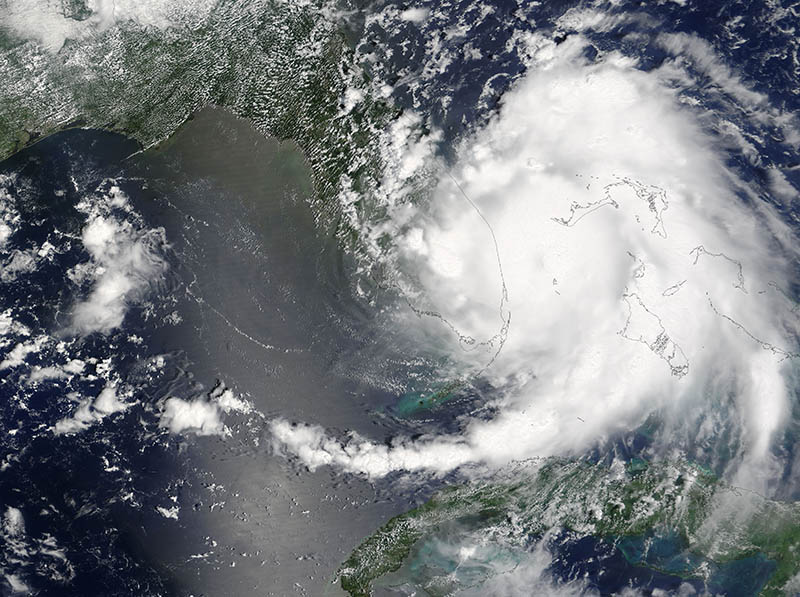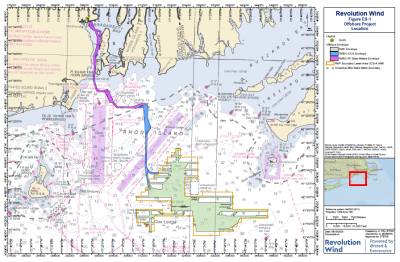Although the Atlantic hurricane season officially began June 1 and runs through Nov. 30, the period from mid-August to September 10 is typically the most dangerous time for the Gulf of Mexico. During the next few weeks, history shows that tropical storm activity ramps up sharply to that early September peak.
The U.S., primarily the Gulf of Mexico, has been spared most storm activity for an unusually long spell. In fact, it has been nearly 11 years since the last major hurricane (Category 3 or greater with wind speeds of 111 mph or more) made landfall on the Gulf Coast. The last storm to meet that criteria was Hurricane Wilma, which slammed into the Gulf side of Florida in late October 2005. That storm culminated a year Gulf Coast residents and the oil and gas industry hope never to see repeated.
According to Weather.com, a record 28 tropical storms formed in 2005. Of those storms, a record 15 reached hurricane status, with seven becoming major hurricanes. Four of those storms reached Category 5 status, highest on the Saffir-Simpson Hurricane Wind Scale used to measure storm intensity. The year was marked by nearly 4,000 deaths and more than $143.5 billion in damages – the bulk of this caused by Hurricane Katrina, which was responsible for an estimated $108 billion in damages and approximately 1,200 storm-related deaths. There were so many storms in 2005 that the Weather Service exhausted its list of names and was forced to use Greek letters to name six late-season storms. In contrast, 2014 was the least active season since 1997, and 2015 also was below average with only 11 named storms.
Meteorological conditions this year are much more favorable for the formation and, importantly, the strengthening of tropical disturbances spinning off the coast of West Africa. The primary reasons for the improved conditions are the ending of El Niño and the warming waters of the Atlantic Ocean. As El Niño ends, La Niña conditions have emerged. That means weather conditions act to diminish wind shear in the Atlantic basin, which is important for suppressing tropical storm formation and strengthening. However, because climate conditions are in a high state of flux, tropical storm forecasters are facing greater challenges determining just how active this storm season may become.
At the moment, forecasters call for the 2016 season to be an average one, meaning they see about 15 named storms forming, with eight becoming hurricanes, four of them major. They say we may see three to four storms this month (excluding Tropical Storm Earl that just landed in Belize). They further predict five to six storms in September.
For the oil and gas companies, each time a storm threatens the Gulf of Mexico they are forced to shut down production, secure their platforms and evacuate workers – all of which adds to their cost of doing business. In today’s depressed industry times, this is an expensive exercise. The only potential positive? Shut-in production could help hasten a global oil and gas market rebalancing that should lead to higher commodity prices – but at what cost? It would be nice if we could rebalance the market sooner rather than later, but if it imperils life and property, maybe the cost is too great.





